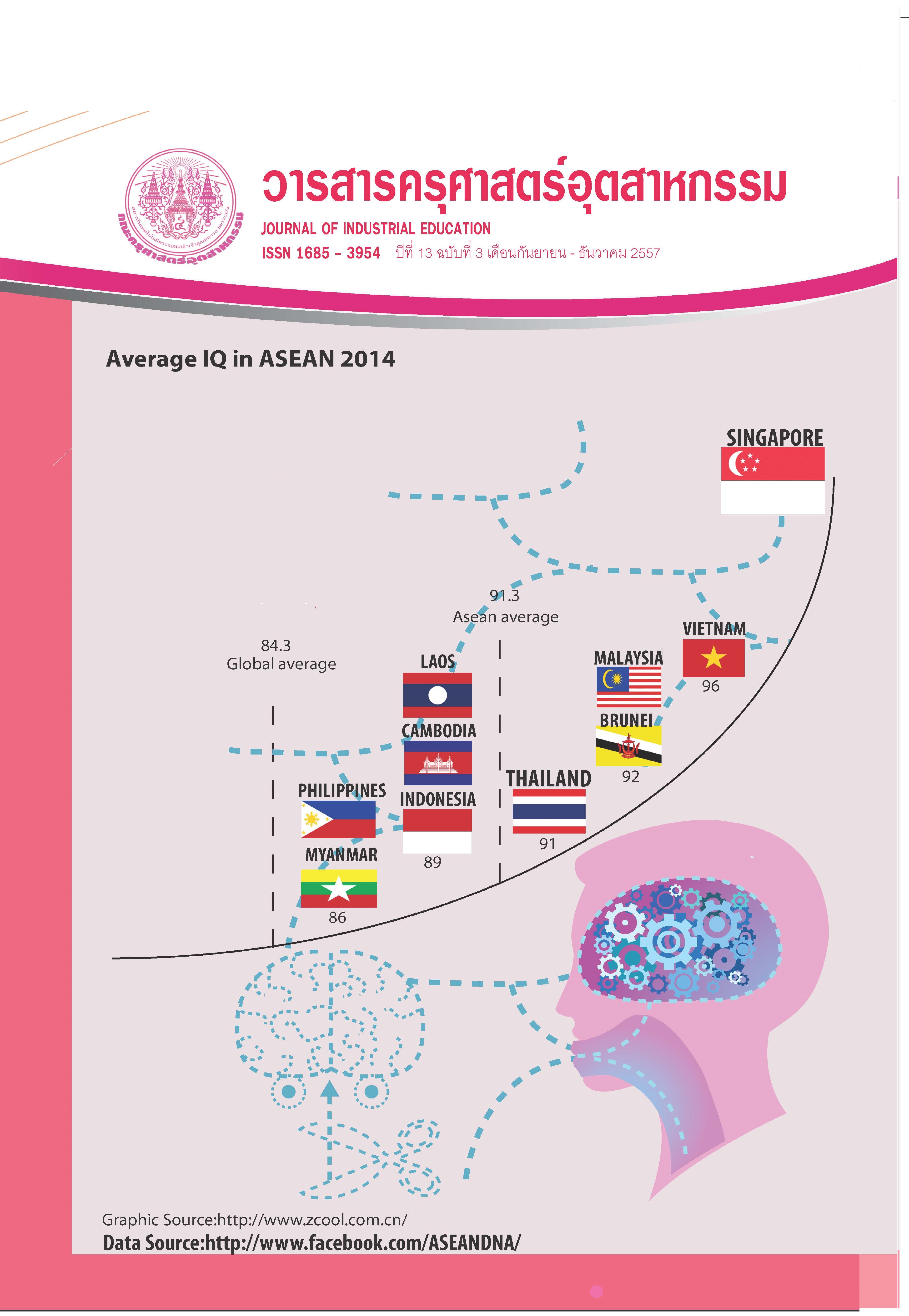Development Model of Household Food Security Management
Keywords:
Model, Development, Household, Food security, ManagementAbstract
The quasi-experimental research was employed for 37 housewives of Na Chuek District, Maha Sarakham Province. They were collected by purposive sampling technique based on criteria of public mind and commitment to participate via the whole research process. The objective was to compare the mean scores between pretest and posttest of food security knowledge, environmental education, inspiration of environmental conservation, consumption behavior and training achievement and to develop trainers for food security management knowledge for other housewives. Three Dimensional Evaluations (TDEs) were employed for exterminating the participation and Four Dimensional Evaluations (FDEs) were used for trainer role play evaluation. One-way ANOVA was used to examine the mean scores difference of three and four groups.
After Participation-Appreciation-Influence-Control (PAIC) implemented, the results revealed that the mean scores of posttest of food security knowledge, environmental education, inspiration of environmental conservation, consumption behavior and training achievement were higher than pretest with statistical significance (p < 0.01for all aspects). Moreover, it also obtained trainers who are able to transfer food security management knowledge for other housewives. In the past situation the results illustrated that mean scores were different with statistical significance (p < 0.01) but in present and future situations, results illustrated that mean scores were different with no statistical significance (p>0.05 and p > 0.05). Additionally, the mean scores from Four Dimensional Evaluation were different with no statistical significance (p > 0.05).
References
[2] Isvilanonda, S. et al,. (2009). Food Security in Thailand: Status, Rural Poor Vulnerability, and Some Policy Options. A paper presented at the international seminar on “Agricultural and Food Policy Reforms: Food Security from the Perspective Prototype TDEs FDEs PAIC of Asian Small-scale Farmers” held in Seoul on 24-28 August 2009.
[3] Sanpolgrung, N. (2013). Attitudes TowardsEnvironmental Management System ISO14001: 2004 of Operative Employees in Somboon Advance Technology Public Company Limited. Journal of Industrial Education. 12(3).
[4] Thiengkamol, N. (2009a). The Great Philosopher: the Scientist only know but Intuitioner is Lord Buddha. Bangkok: Prachya Publication.
[5] Thiengkamol, N. (2009b). The Happiness and the Genius can be created beforeBorn. Bangkok: Prachya Publication.
[6] Bickel, G.; Nord, M., Price, C., Hamilton, W., & Cook, J. (2000). Measuring Food Security in the United States. USDA Food and Nutrition Service.
[7] FAO. (2006). Food Security.Netherlands: FAO’s Agriculture and Development Economics Division (ESA).
[8] Kotchachote, Y., Thiengkamol, N.,&Thiengkamol Khoowaranyoo, T. (2013a).Casual Relationship Model of Forest Fire Prevention. European Journal of Scientific Research, 104 (3), p. 519-532.
[9] Langly, A. (1998). “The Roles of Formal Strategic Planning” Long Range Planning.Vol. 21, No.1 p. 3-120.
[10] Sproull, N.L. (1995). Handbook of Research Method: A Guide for Practitioners and Scientific teachers in the Social Science.(2nd ed.). Metuchen, NJ: Scarecrow Press.
[11] Tumpracha, K. Thiengkamol, N., & Thiengkamol, C. (2012b). Causal Relationship Model ofSecurity Management. Mediterranean Journal of Social Sciences, 3 (11), p. 625-636.
Downloads
Published
How to Cite
Issue
Section
License
"The opinions and contents including the words in papers are responsibility by the authors."
"ข้อคิดเห็น เนื้อหา รวมทั้งการใช้ภาษาในบทความถือเป็นความรับผิดชอบของผู้เขียน"



